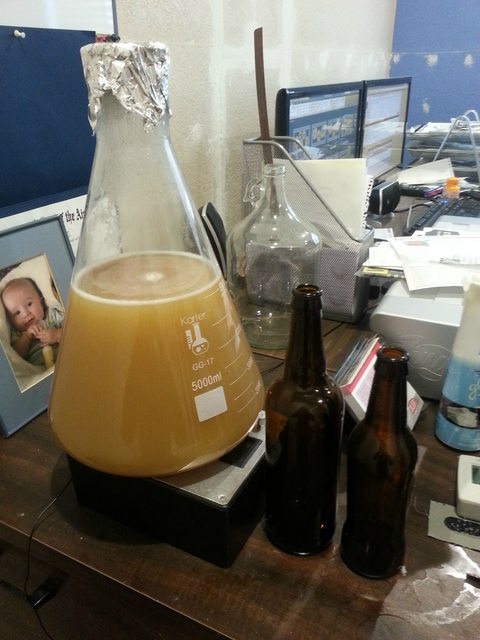alien
Well-Known Member
So the advantage of an Erlenmeyer is that it has a narrow neck so which reduces the risk of contamination.
I'm going to save $10 and use a Mason jar with a bit of flame-sterilized Aluminium foil over the top. Might even be legal in Texas.
Unless you all can persuade me otherwise
I'm going to save $10 and use a Mason jar with a bit of flame-sterilized Aluminium foil over the top. Might even be legal in Texas.
Unless you all can persuade me otherwise




